Enjoy Japanese Cuisine Visually
Japanese cuisine is often designed not only for the enjoyment of taste but also for visual pleasure. Here’s some basic knowledge to help you enjoy Japanese cuisine visually.
- The Aesthetics of Presentation
In Japanese cuisine, presentation is crucial. By using seasonal ingredients and balancing color and shape, a dish can express the beauty of nature and the changing seasons.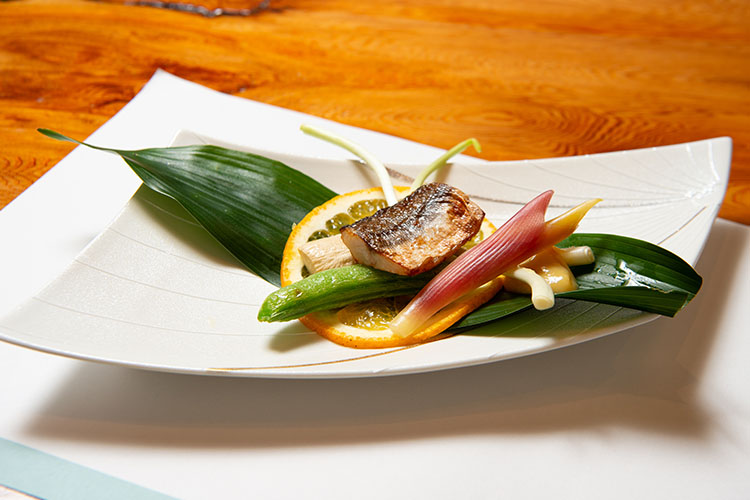
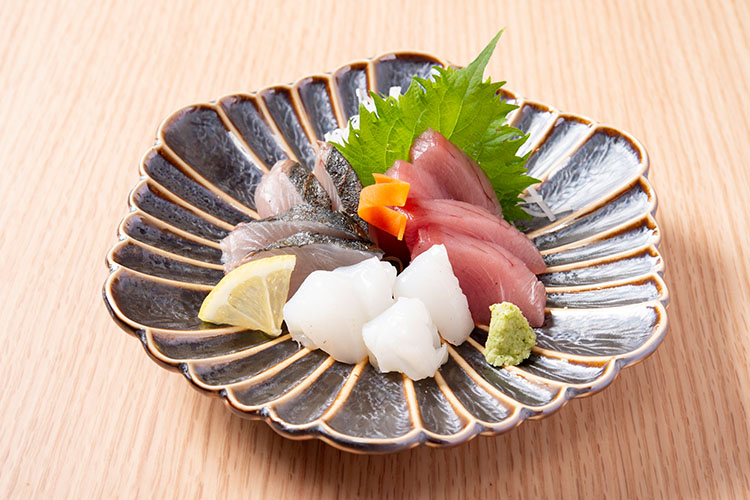
- Choosing the Right Dishware
Selecting the right dishware can enhance the flavor of the food. The shape, color, and material of the dishware are chosen to harmonize with the meal.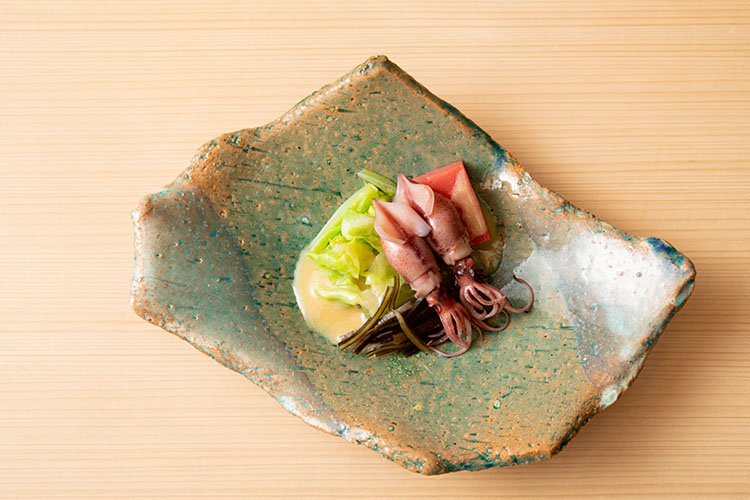
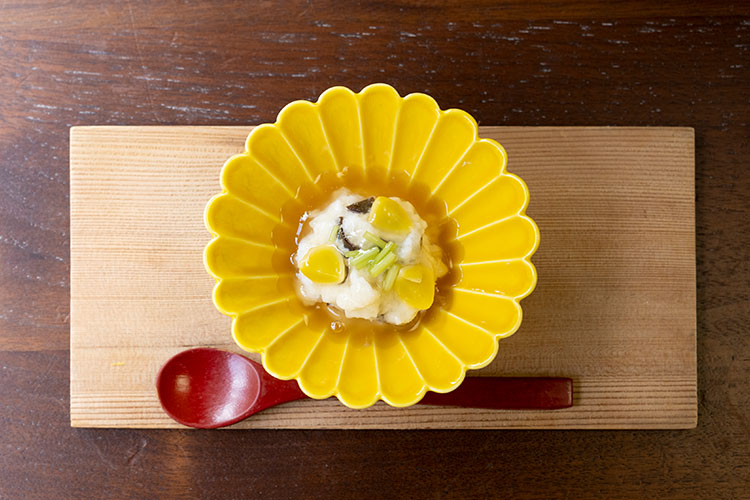
- Feeling the Seasons
The choice of ingredients and presentation can evoke the changing seasons. For example, cherry blossoms in spring or autumn leaves in fall may be used to create a seasonal ambiance.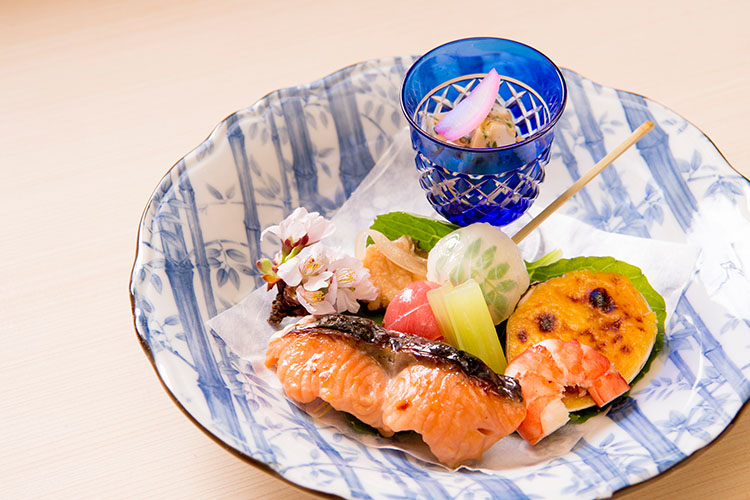
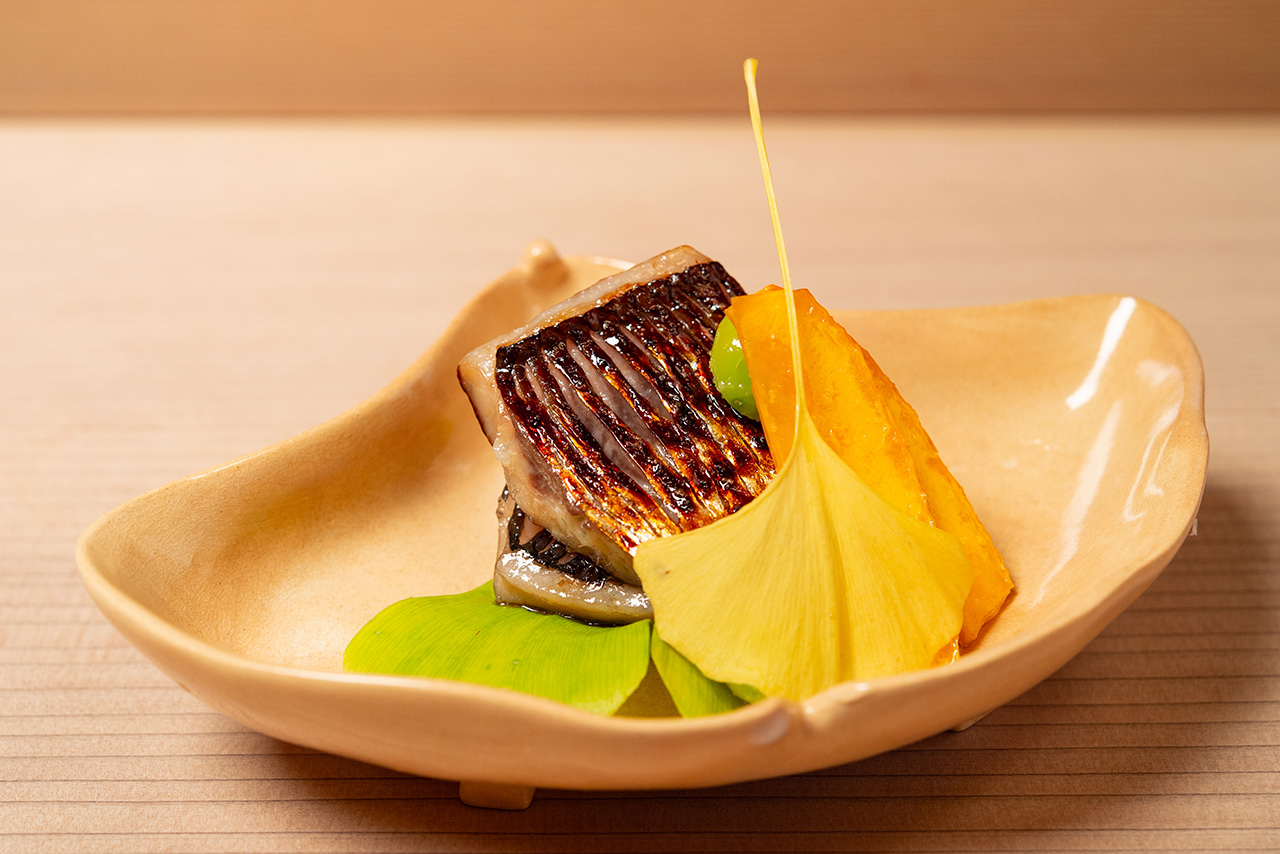
- Enjoying with All Five Senses
Not only the sight but also the smell, sound, and touch are considered in the experience. For example, a crispy texture or a fragrant aroma can add to the visual enjoyment, providing a more satisfying experience.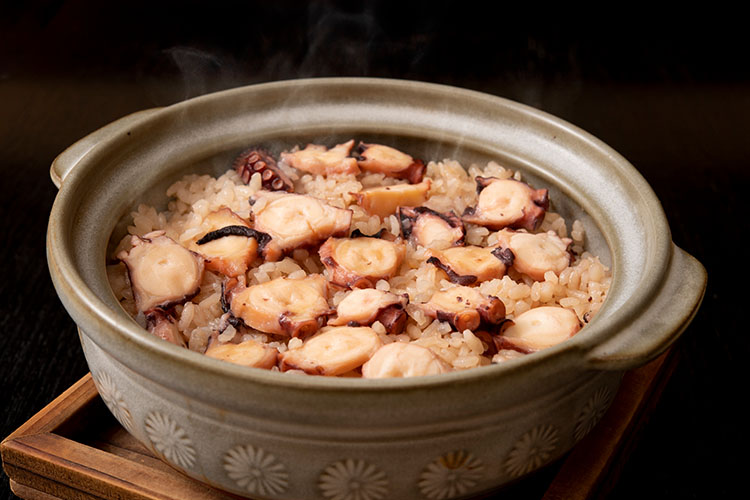
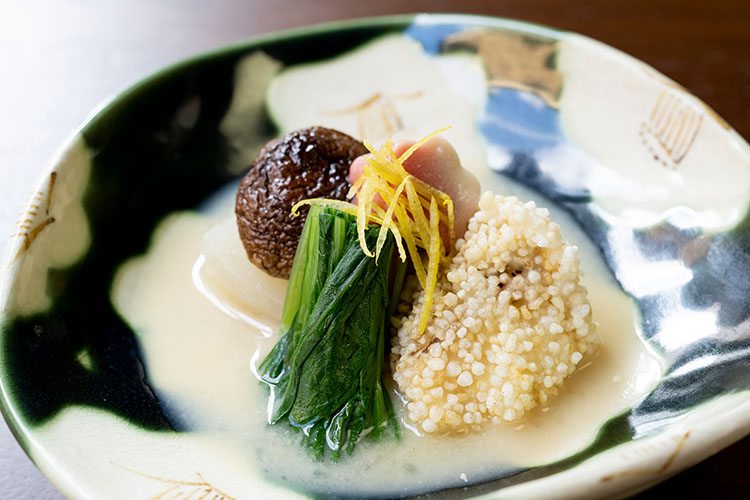
- Freshness of Ingredients
In Japanese cuisine, cooking methods that maximize the beauty of fresh ingredients are emphasized. Bright colors and the natural shape of the ingredients allow for visual enjoyment.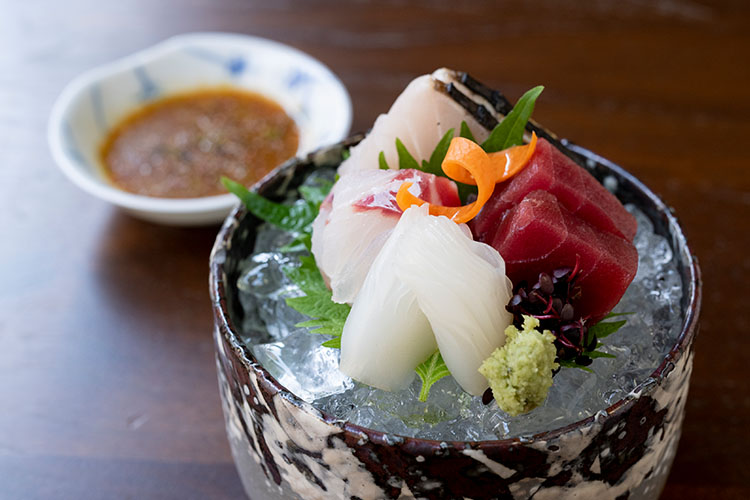
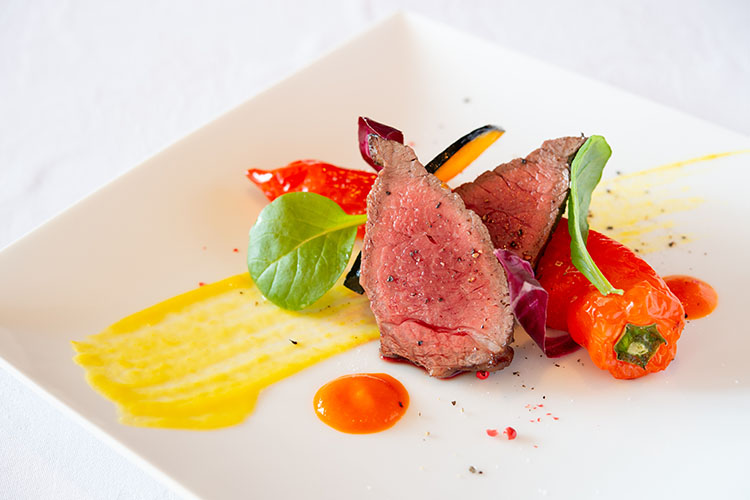
- A Story in a Dish
A single dish may express landscapes, seasons, or historical stories. For instance, it might represent the blessings of the mountains and seas or recreate scenes from classical literature.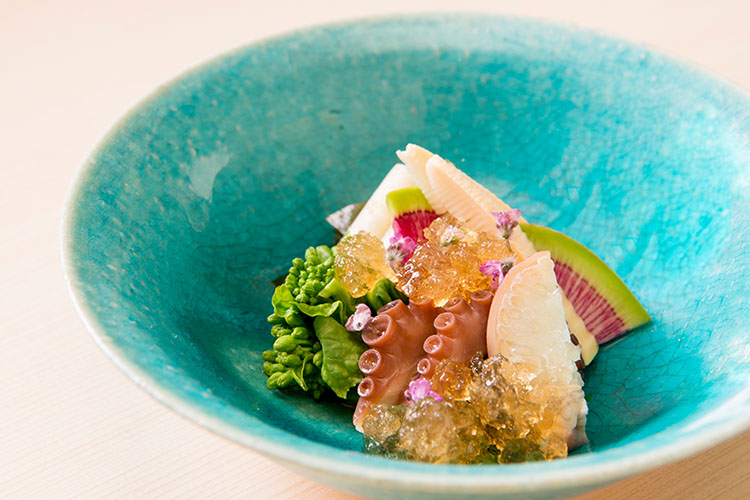
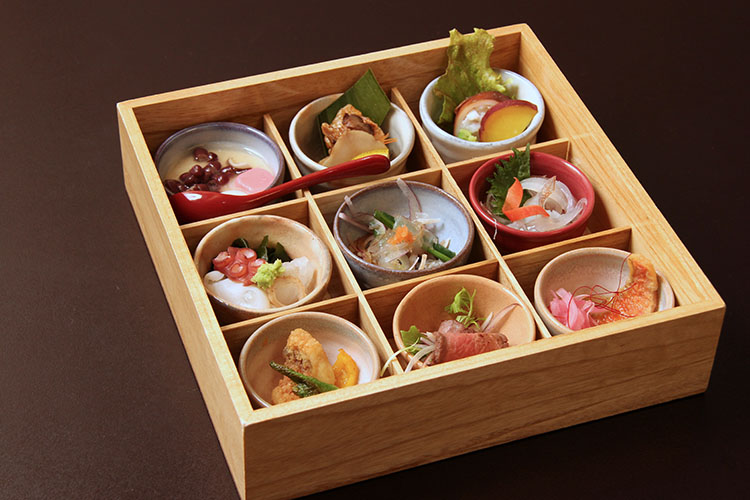
- Elements of “Wa” (Japanese Style)
Japanese food reflects traditional Japanese aesthetics and philosophy. For example, the spirit of “Wabi-Sabi,” which seeks beauty in simplicity and naturalness, may be expressed.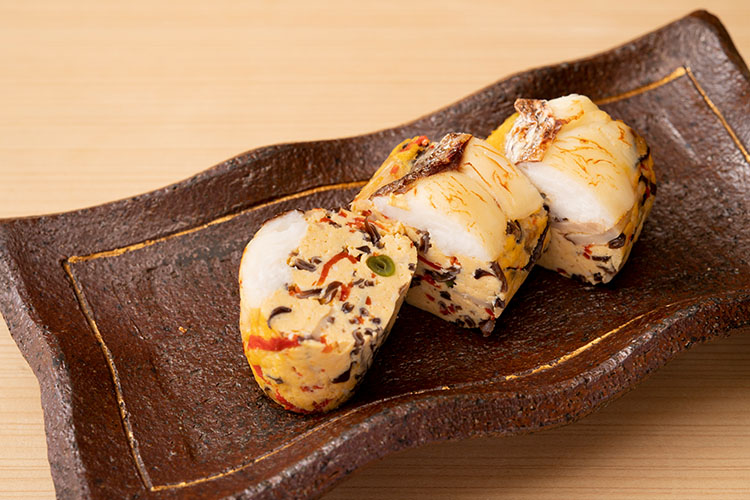
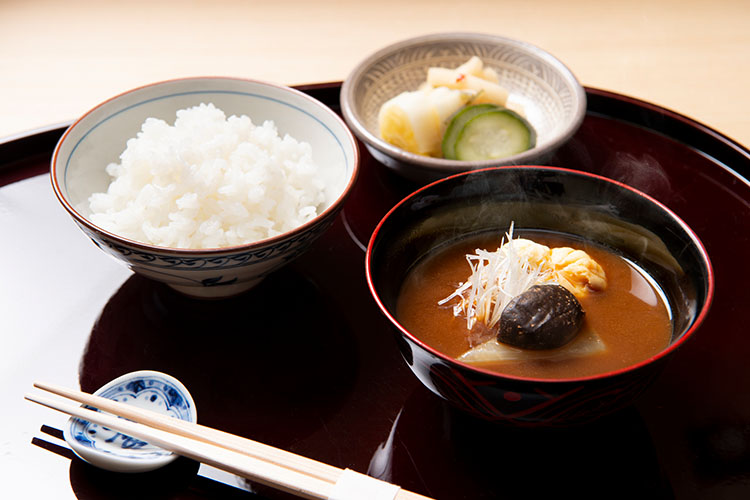
To enjoy Japanese cuisine visually, it’s essential to focus on these elements and perceive the intention and aesthetics embedded in each dish.
About | Service | Instructor | Etiquette
